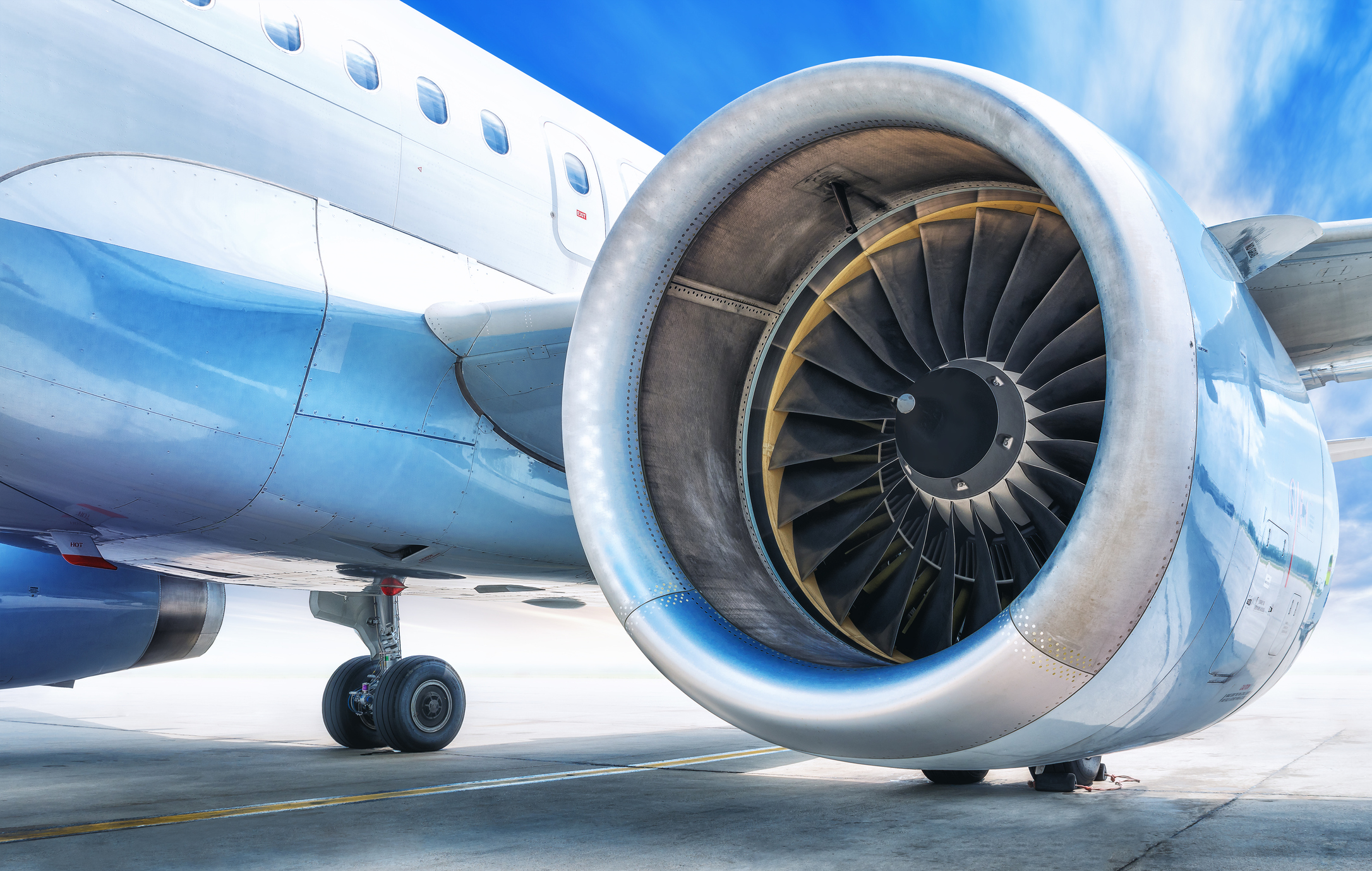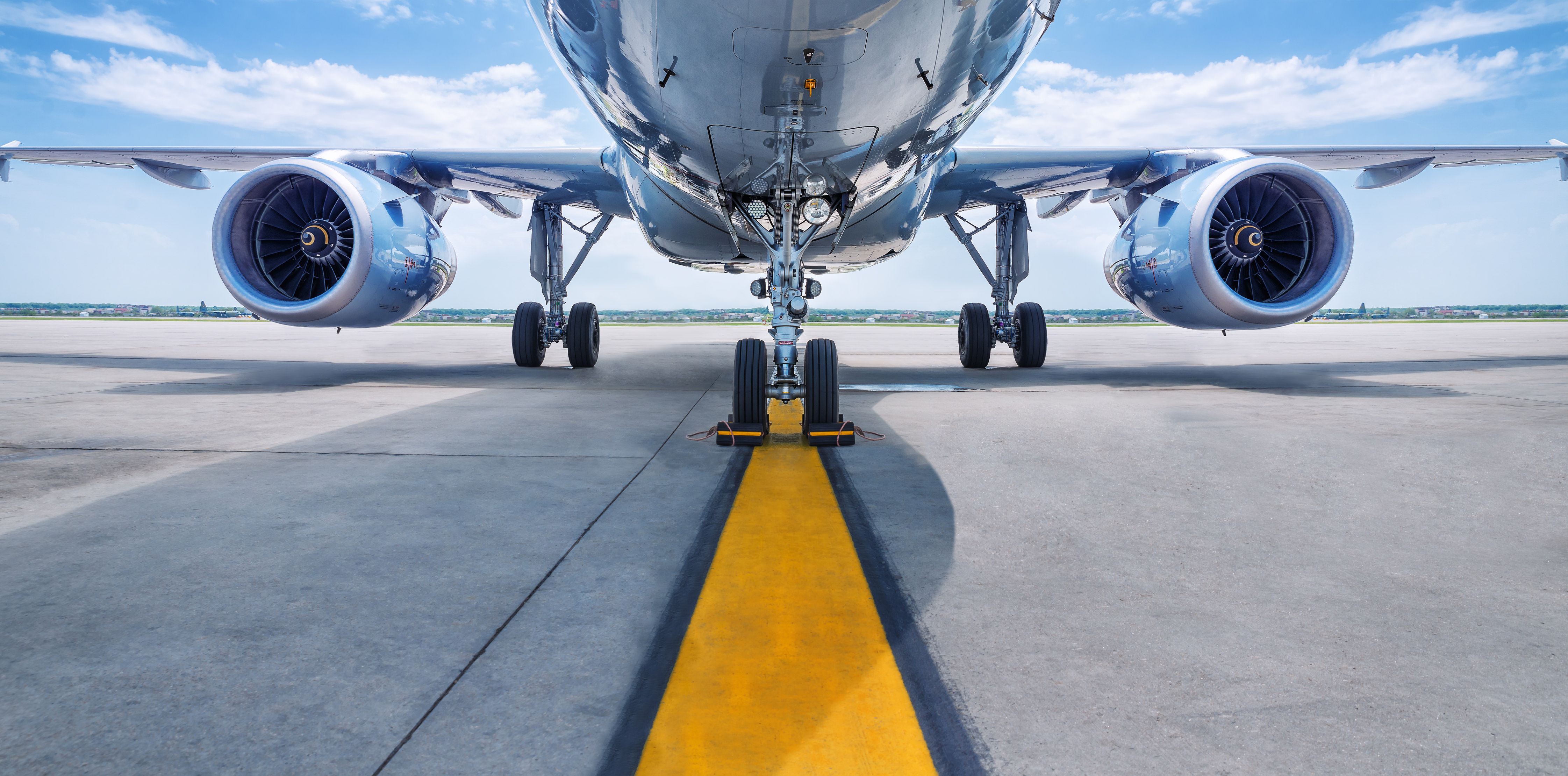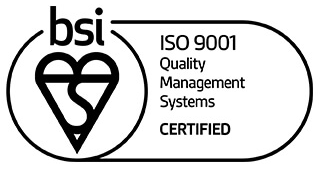The Importance of the Right Materials in the Aerospace Industry

The aerospace industry is incredibly demanding, both in terms of quality control and new developments. It requires the highest standards of equipment, parts, components and designs which, naturally, become even more complex in response.
As this complexity increases, it’s crucial that the materials used by manufacturers are able to keep up with new and innovative technologies – and help drive the sector into the future. The right materials can benefit aerospace in a multitude of ways, such as allowing the production of lightweight parts, so it’s important that manufacturers choose the right materials and metal alloys.
As an investment castings company, we know all about selecting the perfect materials to create high-performance parts and components.
Considerations to Take When Choosing Aerospace Materials
The materials used in aerospace are required to perform exceptionally at all times and have to possess features like strength and high heat resistance. They’re also chosen for their long lifespan and reliability, mainly when it comes to resistance to fatigue. Weight is another important consideration, especially when taking into account fuel economy and aerodynamics in aircraft.
Manufacturers also need to choose materials that are durable and have a high tolerance to damage, which is crucial for fuselages, for instance. Resistance to corrosion is equally important, since the materials will be performing in adverse conditions, especially those making up engine parts.
Wings are a key part of aircraft, so they need to not only be designed for maximum performance, but also made from the best materials – metals which have high compressive yield strength, resistance to fatigue and fracture toughness are vital.
At Dean Group, we believe that selecting the right materials for investment castings are of the utmost importance. In our materials and technical information page, you can find some of the metals and alloys we offer, each with different properties that make them ideal for a variety of applications.

Crafting Lightweight Materials
High-performance materials such as aluminium are perfect when weight is a concern. Not only that, but aluminium offer a range of benefits that include resistance to corrosion, high levels of strength and good electric and thermal conductivity as well. This material is also suitable for surface treatments and can be recycled endless times without losing its properties; this benefit also ties into the aerospace industry’s commitment to sustainability.
We use this metal in our aluminium investment casting (ELITE) process, which allows aerospace parts to be gas-tight, to have thin wall sections, to have enhanced microstructures which eliminate the need for HIPping, to come in a wide range of sizes, shapes and weights, and to have good surface finishes, among other features.
Choosing Strength for Aerospace Applications
Aerospace parts need to be strong. Carbon steel is of the most commonly used materials in the industry due to its fantastic properties, which include a high degree of strength. Carbon steel is an alloy of carbon (less than 2% content) and iron, with no minimum content required for other elements, such as nickel, copper or manganese. Carbon steel is also ferromagnetic, which makes it very useful for motors and electrical applications, as well as durable with a high level of structural integrity.
Carbon steel comes in several different grades:
- Low carbon steel – with a composition of 0.05%-0.25% carbon content, making it softer and more malleable. Great for brackets and casings.
- Medium carbon steel – with a carbon content ranging from 0.29% to 0.54%, which makes the alloy stronger, durable and pliable. Perfect for air-frame parts and levers.
- High carbon steel – the 0.55-0.95% carbon content in this grade makes it stronger and with good shape memory; suitable for spring manufacturing. It also has good resistance to abrasion and wear and tear, so it’s a fantastic alloy for cranks and pins.
Choosing the grade that will meet your projects requirements is crucial, since it allows you to take full advantage of the material.
Resistance to Fatigue and Stress is Crucial
Stainless steel is one of the most used materials in the world, since it’s extremely versatile, suited for many different industries. For example, you can find stainless steel in commercial kitchens and kitchen utensils, in the renewable energy sector, in the automotive industry and, of course, in aerospace.
Stainless steel is a steel alloy that has a minimum of 10.5% chromium content, a maximum of 1.2% carbon content and, at least, 50% of iron. The alloy is highly resistant to corrosion and can be used in a variety of environments because of this property. Some of its grades, like the precipitation-hardening one, achieves high strength and a good degree of toughness, making stainless steel the right material for aerospace.
Stainless steel also has strong mechanical and physical properties, a long lifespan and the ability to withstand high stress and pressure environments – this includes a resistance to scratches and impact damage as well. This durability and resistance to fatigue allows the material to be used in jet engine parts, exhaust ducts and flanges.

The quality of the materials we use in our investment casting process allows us to manufacture high-integrity parts and components for an array of industries, including aerospace. Get in touch and we’ll be more than happy to discuss your project with you.
Registered in England VAT No: 146307478 Company Registration No: 1062820




